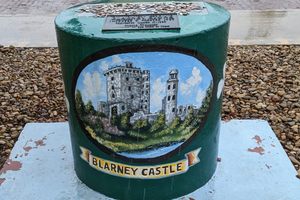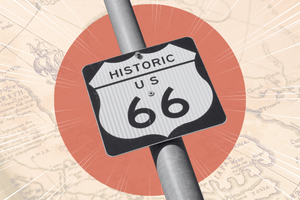About
In 1901, an English rancher by the name of Alfred Rowe donated land near a railroad cattle loading stop to establish a small town. Rowe went on to become one of the 1,517 to perish on the tragic maiden voyage of the Titanic, but the town that he sponsored, named McLean after its first judge and railroad commissioner, rolled right on along without him.
When Route 66 was built through the town, McLean enjoyed a bit of attention as a popular tourist stop and a center for agriculture, oil and livestock shipping. In 1942, it did its part for the war effort by housing a POW camp that contained up to 3,000 German prisoners until it was shut down in 1945. After that, McLean settled down into small town southern life, celebrating the simpler things, like barbed wire.
In McLean you will find what is likely the largest collection of published material and the most complete history recorded of the fencing wire that changed the world. Kept in what used to be a brassiere factory, the Devil's Rope Museum is an unusual collection of barbed wire, fencing tools, and ranching heritage containing pieces from private wire collectors (who knew?), extensive research material regarding more than 450 barbed wire patents, and artifacts relating to the Texan stretch of Route 66. The exhibits include samples of historical documents and photos, barbed wire sculpture, and more than 2,000 samples of the variations found by collectors.
While the museum may not get into the more philosophical aspects of the "Devil's Rope", such as its place in war, politics, and as a cultural image, immersion in the history of the unforgiving barrier will very likely promote discussion on its higher meaning – or maybe you'll just learn a lot about fencing.
Related Tags
Know Before You Go
Use I-40 exits 141,142, and 143
Published
June 21, 2012








































